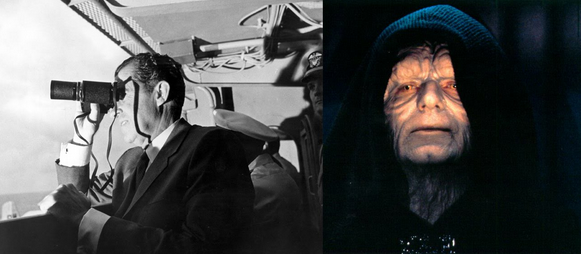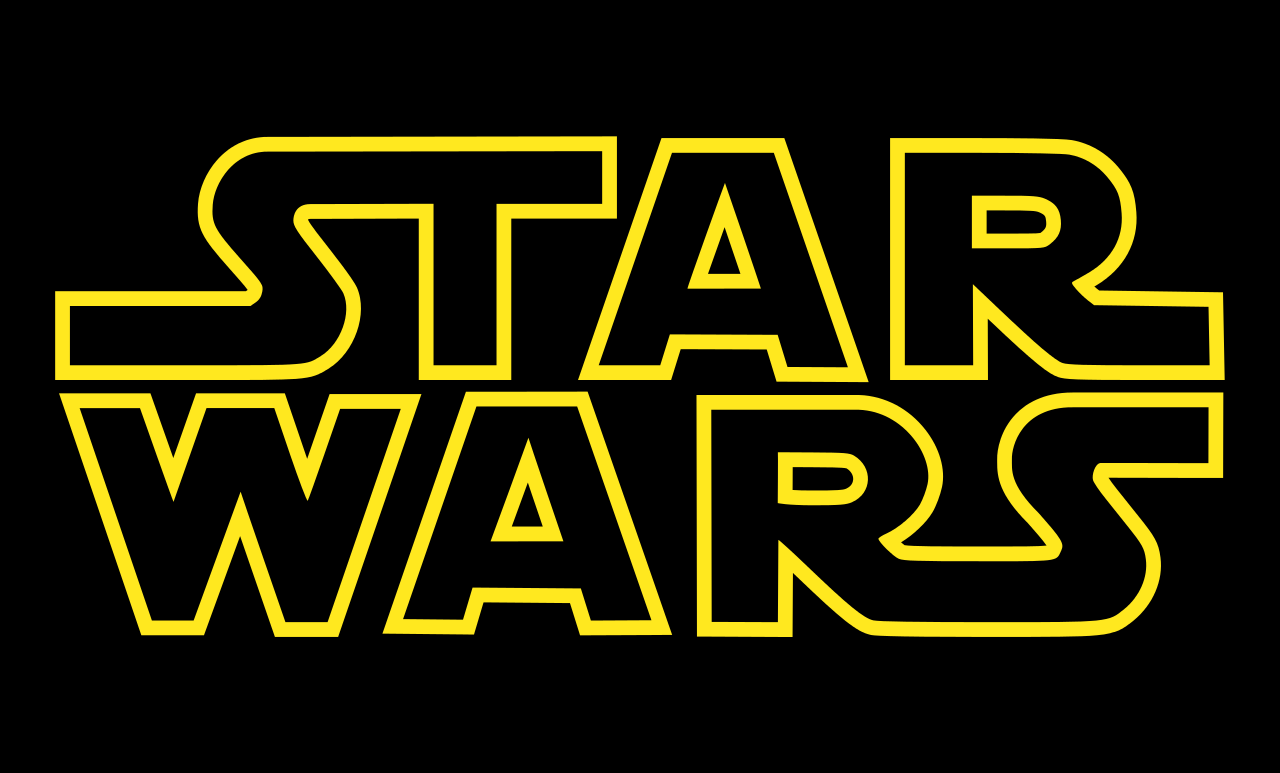Metawars – A Brief Look at Star Wars Metaphors
Every film hides its own metaphors. Whether intentional or not, or requiring a particular worldview or perspective, the best and worst films in history have their own metaphors and/or symbolism rife within them. We simply need to look.
Star Wars is no exception.
It is quite obvious when looking at the original trilogy that there is a significant amount of parallelism of the Empire to Nazi Germany. One needs to look no further than the soldiers and their shared name – stormtroopers – to immediately deduce that Star Wars is more than a separate, fictional event that occurred a long long time ago in a galaxy far far away. In fact, many of the most heinous and obviously terrible people and events in Star Wars, that we would consider outrageous, were based on our own history.
Even the prequels of Star Wars continued the trend of the original trilogy in its implications of Nazi Germany. Palpatine’s rise to power was loosely based on Hitler’s, as they were both chancellors that manipulated the political system and took advantage of the socio-political climate to seize power and become oppressive dictators. But what is arguably more disconcerting is that Palpatine’s character also pulled influence from Richard Nixon, who also manipulated the political landscape to his own benefit and to climb to power.
implications of Nazi Germany. Palpatine’s rise to power was loosely based on Hitler’s, as they were both chancellors that manipulated the political system and took advantage of the socio-political climate to seize power and become oppressive dictators. But what is arguably more disconcerting is that Palpatine’s character also pulled influence from Richard Nixon, who also manipulated the political landscape to his own benefit and to climb to power.
For all of its flaws, and there are many, the prequel trilogy communicated subtly the symbolism of the original trilogy where it mattered most. We get the parallels between our history and the experience of this galaxy. Even the statement “a long long time ago” can imply the pattern we experience in our  history. Despite our desire to avoid oppression, there will always be somebody who is willing and able to manipulate the public’s fear into political gain, and he can alter his course in the shadows amidst the masses, whose dimming resolve has dwindled between oppressive events.
history. Despite our desire to avoid oppression, there will always be somebody who is willing and able to manipulate the public’s fear into political gain, and he can alter his course in the shadows amidst the masses, whose dimming resolve has dwindled between oppressive events.
Star Wars was never afraid to lay commentary on its own country. In fact, in many ways, it wasn’t just showing parallels between the Nazi regime and the Empire, but also a connection between the Nazis, the Empire, and the United States. The Empire’s invasion of Endor was more a commentary for the Vietnam War than a continuation of World War II themes. In this case, the Ewoks represented the Viet Cong, and so the eye-opening correlation between the Empire – once apparently symbolizing the Nazis – and the United States was humbly laid before us in the form of cute teddy bears with spears.
But back to World War II…The United States offered one more bit of inspiration to the Star Wars universe…the war deterrent. Under the guise of establishing peace (which an argument could be made that it did indeed instill peace through fear of the technology) the nuclear bomb was used on Japan.  And when considering the political manipulations of the Empire, which don’t seem as apparent in the original trilogy, the Death Star can be viewed, essentially, as the war deterrent. The guy with the biggest stick is undisputed, and when you’re undisputed there is no reason to fight back. Godzilla wasn’t the only movie with commentary on nuclear war.
And when considering the political manipulations of the Empire, which don’t seem as apparent in the original trilogy, the Death Star can be viewed, essentially, as the war deterrent. The guy with the biggest stick is undisputed, and when you’re undisputed there is no reason to fight back. Godzilla wasn’t the only movie with commentary on nuclear war.
Star Wars manages to tackle a great deal of human history in its saga. From the rise and fall of democracy in Rome, to the oft-oppressive tendencies of today’s seemingly democratic states, Star Wars hasn’t only told the tale of our history in a fantastical way, but it also has eerily predicted our future…that our history is doomed to repeat itself if we continue to ignore the machinations of people seeking power by any means necessary.
-Dalton

